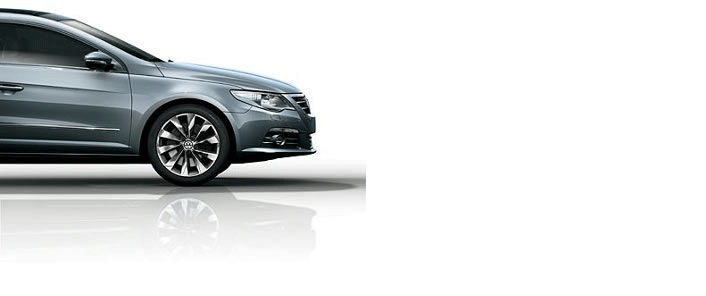Jules Albert de Dion - French Pioneer of the Automobile Industry

Pioneer of the French Automobile Industry
The world's first motor race took place on 22 July 1894 organised by the Parisian newspaper Le Petit Journal.
That race was won by a man by the name of Jules-Albert de Dion who was the heir of a well-known French noble family.
In 1901 he succeeded his father Louis Albert William Joseph de Dion de Wandonne and inherited the title of Count and later Marquis.
Jules-Albert was a "notorious duellist" but he also had a passion for mechanics and he even built a model steam engine in 1881 based on a model he seen in a shop window.
The model steam engine had been built by two engineers, Georges Bouton and his brother-in-law, Charles Trépardoux.
These two men had a shop in Léon where they made scientific toys and as they were short of cash they partnered with Jules-Albert to realise Trépardoux's long-time dream of building a steam car.
The partnership was established in 1883 and it became the De Dion-Bouton automobile company which was the largest automobile manufacturer in the world, at that time.
Originally they built marine steam engines but progressed to a steam car which used belts to drive the front wheels whilst steering with the rear but this vehicle his destroyed by a fire during trials.
Then in 1884 they built another vehicle which was steerable through the front wheels and drive to the rear wheels. This vehicle is to this day, the world's oldest running car and is capable of carrying four people at up to 38 mph.
The de Dion tube or ‘dead axle’ as it is known was actually invented by steam advocate Trépardoux, just before he resigned because the company was turning to internal combustion. (A dead axle, also called lazy axle, is not part of the drivetrain but is instead free-rotating. The rear axle of a front-wheel drive car is usually a dead axle. Many trucks and trailers use dead axles for strictly load-bearing purposes. A dead axle located immediately in front of a drive axle is called a pusher axle.)
Dion’s was entered in "Europe's first motoring competition" in 1887. The race being the brainchild of M. Paul Faussier of cycling magazine Le Vélocipède Illustré.
Comically, though, de Dion was the sole entrant in the race due to no other competitors but it completed the course.
The first real motor race took place on 22 July 1894 and was organised by Le Petit Journal, a Parisian newspaper. The course was 122 kilometres (76 mi) distance between Paris and Rouen.
The race was won by de Dion, although he was not awarded the prize for first place as his steam-powered car required a stoker and the judges deemed this outside of their objectives.
In 1898 Jules-Albert de Dion co-founded the Mondial de l'Automobile (Paris Motor Show).

Author

Justin Kavanagh
Justin Kavanagh is a recognised leader
in automotive intelligence and vehicle
data supply to the entire motor industry.
He has almost 20 years experience in
building systems from the ground up.
As the Managing Director of Vehicle
Management System, he understands the
need and importance of trustworthy and
reliable vehicle history and advice to
both the trade and the public.
Follow me on LinkedIn